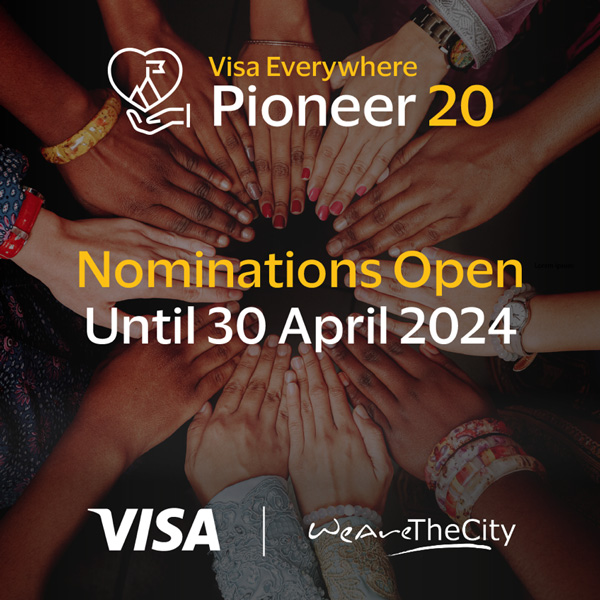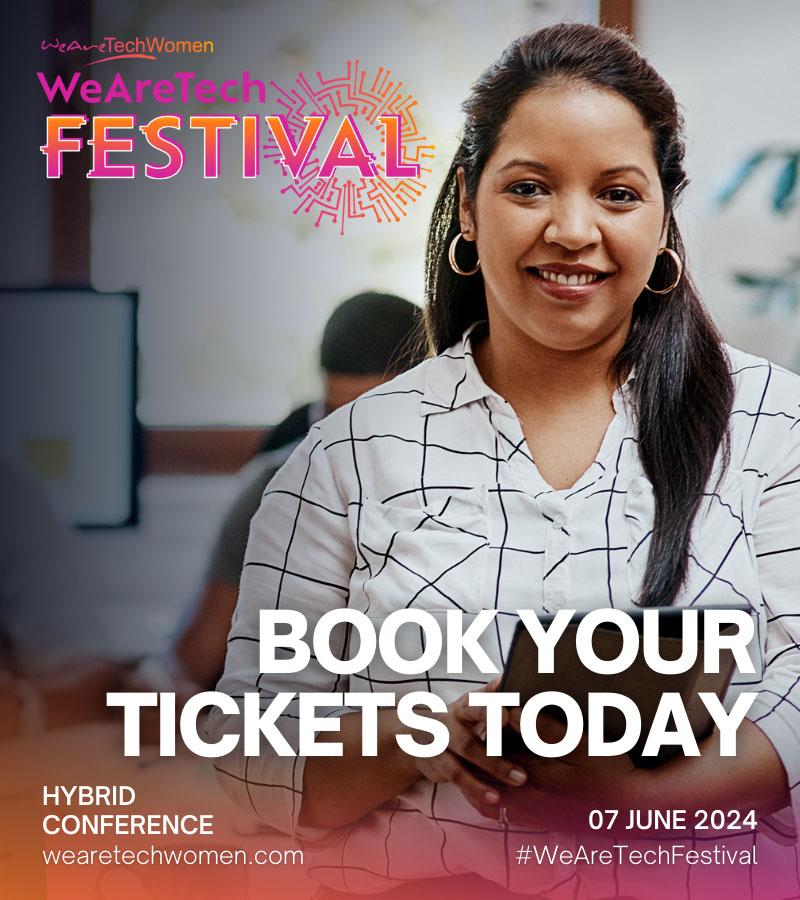I’m sure many people would identify with the following feeling: everything seems just so ambiguous. The world is changing fast, constantly, and we appear all to be dealing with so much more uncertainty than before.
The feeling is reflected in language, new terminology, to describe this new found environment. The word VUCA is a case in point. An unimaginable word a decade ago, but now listed in Wikipedia as an ability to “reflect on the volatility, uncertainty, complexity and ambiguity of general conditions and situations.”
For all that this sense of change might be described as a fairly contemporary phenomenon, change has long been around us. It’s nothing new, it’s just that it feels like there’s more change on the table. And this is probably due to the fact that the pace of change is increasing – mostly due to digitalisation, as many experts are pointing out.
What digitalisation means for the world of work is often described as machines taking all our jobs, artificial intelligence replacing human thought – ‘the rise of the robots’ is often seen as something to be feared, rather than embraced. Of course it can’t be denied that automation is creeping into the workplace, and its growth is inevitable, but the question is about how change can best be managed.
Leaders, and those aspiring to leadership roles, will need to be able to manage effectively in an organisational environment where they have little information, scant knowledge of expected outcomes and a great deal of uncertainty about roles and career pathways.
We are, after all, creatures that seek stability and certainty as our natural state.
Uncertain situations create anxiety and worry, and bring both physiological and emotional responses. Leaders need therefore to find ways of not just managing change individually, but also leading others through it.
The first step is getting to know more about your personal reaction to change. Do you typically ignore it and pretend that everything will carry on as usual? Do you get stressed and worked up when faced with uncertainty? Do you confront things head on? Understanding your default response to change will make it much easier to identify strategies for dealing with it. For example, at Henley Business School our MBA students are supported with personality workshops that help them to identify their own unique responses to change. From here, students are much more likely to develop good ways of managing change that can serve them well into the future.
The understanding of how you, as an individual, approach changing situations, is helpful in supporting your own personal transition through the change, and those of others affected by it. Start by looking at the situation in the round, asking key questions such as what is my role in this? How much power do I have? What power can I use to influence? What information is needed? What relationships do I need to build?
This last question is crucial – all too often we look at change in isolation.
We need to build our network of people who will enable us to transition though change – and we need to ensure we help them too.
Change is a process to transformation, the final piece of the change puzzle. We all are transformed by change whether we like it or not – especially big changes, like the structural shift from analogue to digital. If we evaluate the change process and how we have transformed ourselves, we become better at managing the next change. Those who are able to develop self-knowledge out of the experience of change stand a good chance at being effective leaders of change in the future.
About the author 
This article was provided by Sarah Leach, Careers Consultant at Henley Business School.









